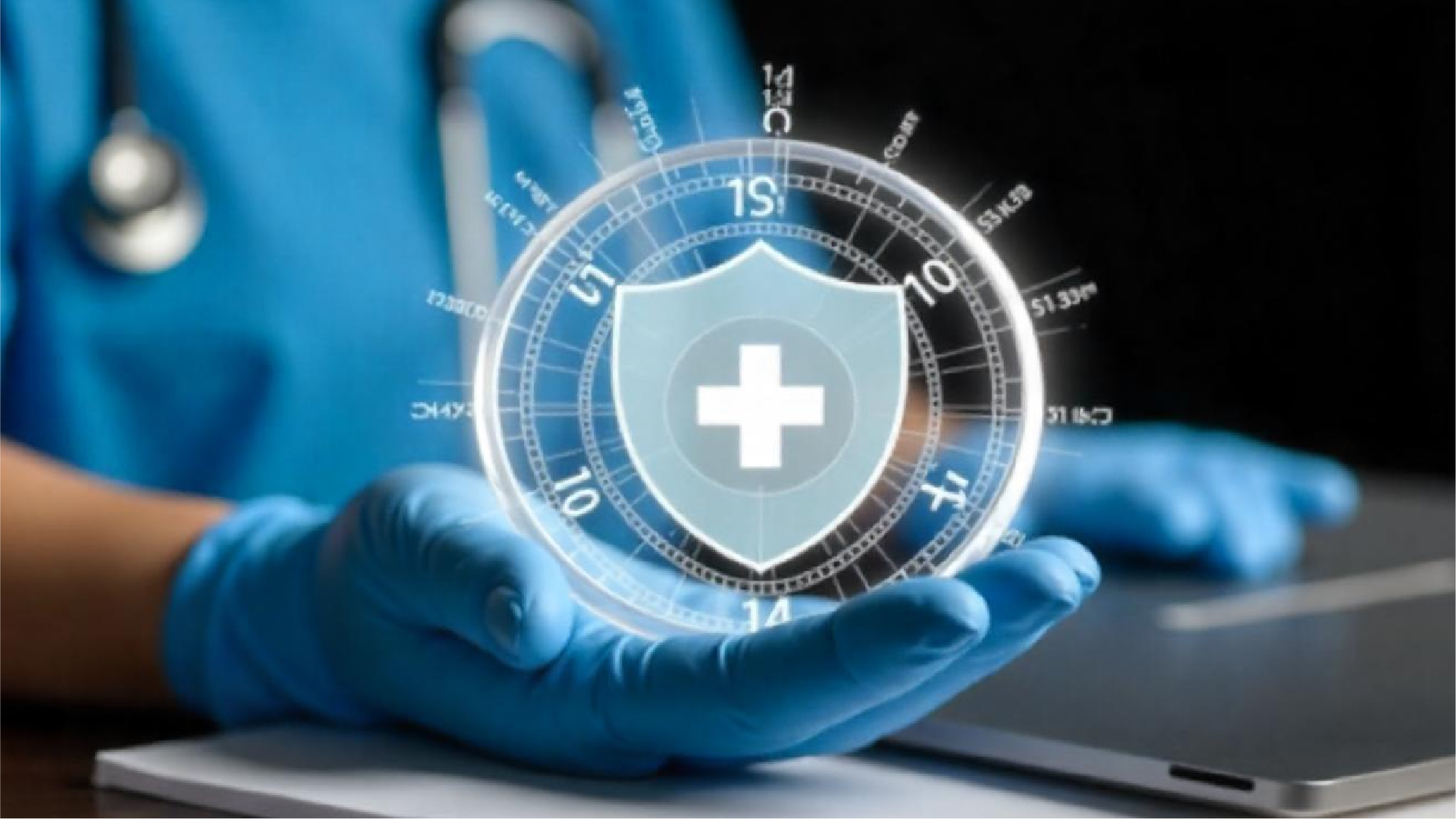Electronic health record (EHR) systems have become essential for running a modern medical practice. They’re designed to simplify administrative tasks, enhance patient care, and create more efficient workflows. If you’re unsure about adopting or upgrading an EHR solution, this guide breaks down its evolution, highlights the key benefits, and shows you how to choose the right system for your practice.
A Brief History of EHR Adoption
EHR systems have been around since the 1960s, but widespread adoption only took off recently. In 2008, less than 20% of office-based physicians used certified EHR solutions. Thanks to government policies and the increasing demand for seamless collaboration between healthcare providers and payors, EHR adoption skyrocketed. By 2015, almost 80% of these physicians were using an EHR system.
As technology advanced, EHRs evolved from basic record-keeping tools to sophisticated platforms that enhance workflows and improve patient-centric care models. Today’s systems prioritize efficiency, interoperability, and innovation, enabling providers to spend more time with patients and less time on paperwork.
The Difference Between EHR and EMR
If you’re exploring digital solutions, you’ve likely encountered the terms EHR and EMR. Though often used interchangeably, they’re not the same:
Electronic Medical Records (EMRs) focus on managing patient records within a single practice. For example, a mental health EMR securely stores all patient data specific to that specialty but doesn’t communicate with other healthcare providers.
In contrast, Electronic Health Records (EHRs) take it a step further. They’re designed for seamless data sharing across multiple providers, creating a connected, collaborative ecosystem. This interoperability isn’t just convenient—it’s essential for ensuring authorized providers have access to the right information at the right time, supporting better-informed care decisions..
How EHRs Transform Charting and Workflows
At its core, an EHR system optimizes your practice’s daily operations, making charting workflows more efficient and error-free. Here's how it works:
- Streamlined Check-Ins: Receptionists can quickly update patient information, including insurance and demographics, directly into the EHR.
- Accessible Records: Providers can review patient histories before appointments, ensuring a personalized approach to care.
- Accurate Documentation: Vital signs, symptoms, and diagnostic results are seamlessly entered during visits.
- Streamlined Documentation: Providers can document prescriptions and referrals efficiently within the system.
- Real-Time Record Updates: Providers can update progress notes and documentation to keep patient records complete and current.
By eliminating redundant steps and reducing manual errors, EHRs allow staff to focus on what matters most—providing excellent care.
Key Benefits of an Effective EHR System
Adopting the right EHR system can revolutionize your practice. Here are some standout advantages:
- Enhanced Productivity
Integrated EHR platforms eliminate workflow bottlenecks, allowing admin staff to complete tasks like charge capture and billing with ease. Patients can even complete intake forms online, reducing wait times and enhancing their experience.
- Improved Interoperability
EHRs with high levels of interoperability ensure Seamless data sharing between authorized providers and healthcare organizations. This eliminates data silos, minimizes delays, and leads to better patient outcomes.
- Burnout Prevention
Burnout is a significant issue in healthcare, with 46% of workers reporting high stress levels. Effective EHR systems reduce the administrative load, alleviating stress and improving job satisfaction.
- Remote Work Capabilities
Cloud-based solutions allow providers to access patient data from anywhere, whether they’re on-call, working remotely, or at a satellite location. This flexibility boosts both productivity and patient care.
- Robust Analytics
Sophisticated reporting tools provide insights into patient demographics, staff efficiency, and revenue trends. These insights enable more informed decision-making, helping your practice thrive.
Must-Have Features in an EHR System
To ensure your EHR solution aligns with your practice’s unique needs, look for these critical features:
- Cloud-Based Access: Real-time data availability from any location.
- Intuitive Interfaces: Fast, easy navigation for reviewing health histories and entering information.
- Interoperability: Smooth connections with Health Information Exchanges (HIEs) and other systems.
- Mobile Integration: Support for on-the-go access via iOS and Android devices.
- Customizable Reporting Tools: Advanced analytics for clinical and operational insights.
- Patient Portals: Allow patients to manage appointments, communicate with providers, and view invoices online.
- Support for Sustainability: Flexible and adaptive workflows to keep up with evolving practice needs.
The Bottom Line
The success of your medical practice hinges on the tools you use to manage it. An EHR system is more than a digital filing cabinet; it’s a transformative tool that can streamline operations, improve patient care, and reduce staff burnout. By investing in a robust, intuitive, and interoperable EHR platform, you’re setting your practice up for long-term success.
Ready to experience the difference an efficient EHR system can make? Schedule a demo today and see how FloatCare can revolutionize your practice. The future of healthcare is here—don’t get left behind.











